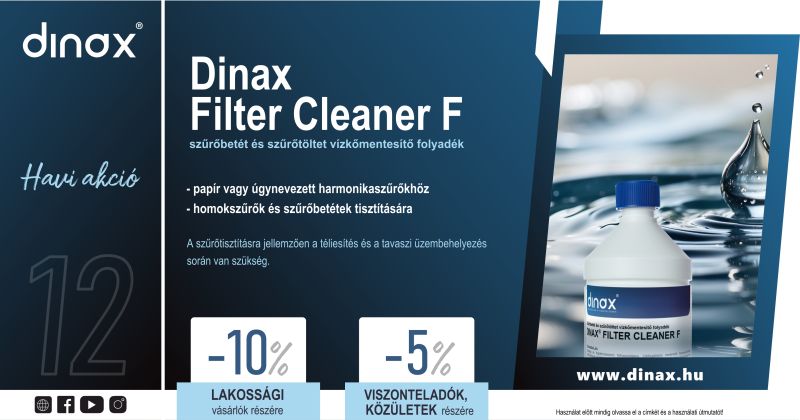Webshop

The enjoyment value of drinking water and the efficiency of the water used for washing is determined in part by the hardness of drinking water, i.e. CaO (calcium oxide) mg / l. Water hardness data show that the capital is predominantly medium-hard water.
The harder the water, the better the taste, but the less suitable for washing. Mostly, for example, on the packaging of detergent powders, the hardness of water is given in a so-called German hardness degree (nk). (The German hardness degree (nk) is one tenth of the CaO mg / liter, ie, for example 144 mg CaO/liter, the value is 14.4 na
- Soft: 100 CaO mg/l (10 nk)
- Hard: 180-300 CaO mg/l (18-30 nk)
- Very hard: 300 CaO mg/l (30 ns)
You can check the water hardness:
The special cation exchange resin filler replaces calcium and magnesium ions with sodium ions.
When the resin is saturated, so-called. during regeneration, on chemically pure salt tablets (NaCl)
the ion-exchange resin is saturated with sodium ions so that it is again able to soften.
The time between the need for two regeneration depends on the amount of water hardness and the flow of water.
The regeneration is delayed after the amount of water leaked, at 2 o'clock at night, since water withdrawal is usually minimal.
The unit measures the amount of water passing through it in 3, measures and displays the time.
Regeneration required: tableted salt
